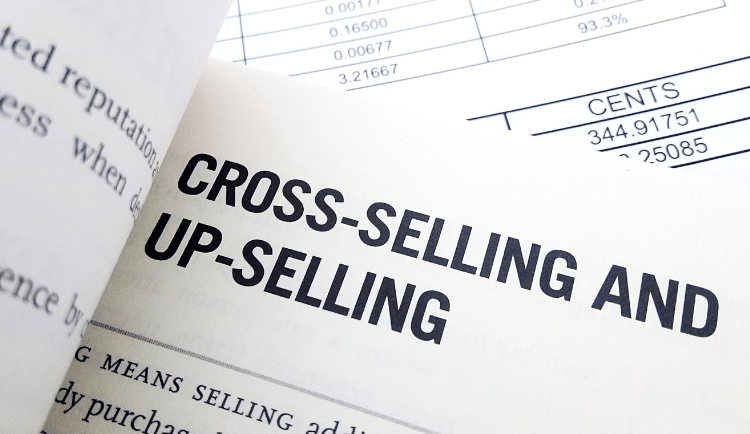Download your FREE Magnetic Magic guide!
Mastering Sales Funnels, Part 5: Create an Upsell/Downsell Offer
Whether or not your customer buys your product, the journey isn't over.
Pam Seino
6/18/20252 min read


Once someone purchases your main product offer, they’ve officially entered your sales funnel — and this is where the real magic happens.
Right after the sale, it’s the perfect time to offer them an upgrade — a value-packed upsell that builds on what they just bought. This could be an enhanced version of the main offer (like more advanced content, added tools, or bonus materials), or something complementary that helps them get even better results.
Let’s say your main offer is a course on traffic generation. A smart upsell might be an email marketing course to help them convert that new traffic into paying customers. The goal here isn’t to throw in random extras — it’s to amplify the transformation your main product promises.
Here’s the golden rule: upsells should always be optional. Your main product must deliver full value all on its own — no strings attached. If someone buys your core offer and can’t get results without also buying the upsell, that’s a problem — and it’s the fastest way to lose trust and damage your brand.
But if the upsell truly enhances the original offer, adds meaningful value, and is priced fairly? A good percentage of your buyers will say yes. And just like that, your profit per customer goes up — without needing any extra traffic.
Now, if someone doesn’t go for the upsell, you’ve still got options. You can:
Send them straight to the download page for the main product,
Offer them a second, different upsell,
Or… present a downsell — a modified version of the original upsell, usually at a lower price.
Downsells typically include fewer features or bonuses than the original upsell, and they’re offered right after the customer says no to the upsell. Why? Because research shows that many buyers are more likely to say yes when they’re offered a second chance at a better deal — especially when they feel like they’re about to miss out.
That’s why savvy marketers build funnels that include both upsells and downsells. Some customers won’t buy anything beyond the main product. Others will go for everything. And many will fall somewhere in between.
The more opportunities you give your customers to buy something that helps them — without being pushy — the more likely you are to increase your average order value and long-term revenue.
And here’s the part to always keep in mind: most of your profits won’t come from the first sale. They’ll come from what happens after — in the back-end of your funnel.
That’s why building a thoughtful upsell and downsell strategy isn’t just smart — it’s essential if you want to scale your income and serve your audience well.
